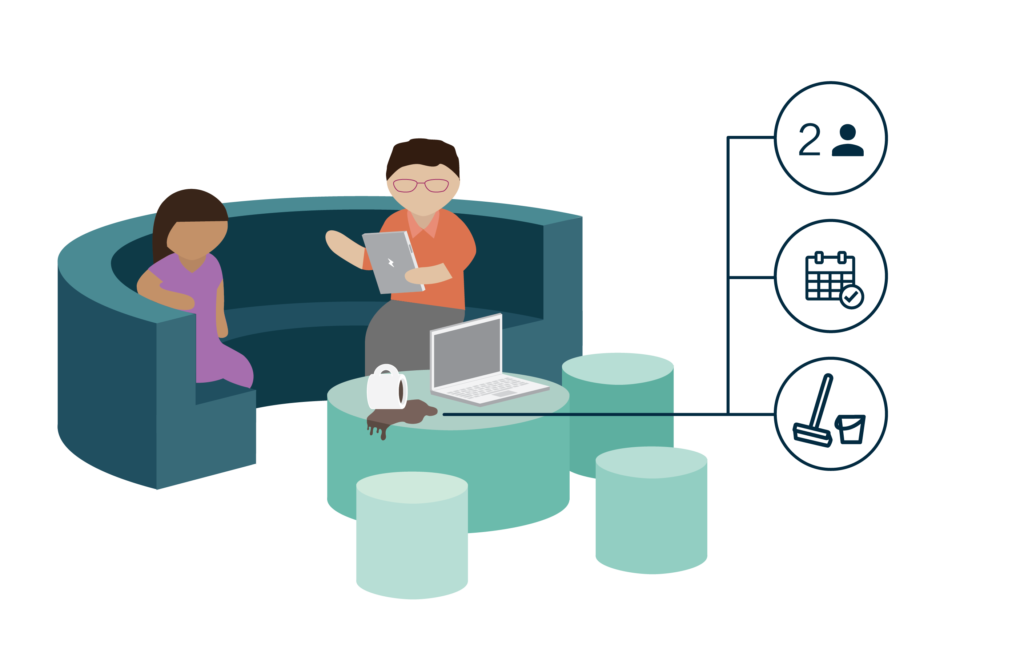Facility Managers work to bring design and function together in order to put a company’s vision and culture into place. How does this change in the world of the smart office?
The smart office refers to the use of data and technology to automate the office environment, helping simplify and ease the daily use and operation of the workplace. The smart office could involve small, simple improvements such as automating lights to brighten and dim based on occupancy, or large scale HVAC automations.
USING SENSOR DATA
 McKinsey defines the Internet of Things as — sensors and actuators connected by networks to computing systems. Sensors within the office environment are a huge opportunity for Facilities Management. Data collected by these sensors and connected devices provide real-time guidance for the FM’s decision making process, and allow for instant feedback. This data also provides unprecedented insight into the workplace, helping FMs better understand how they can truly unlock employee satisfaction and productivity.
McKinsey defines the Internet of Things as — sensors and actuators connected by networks to computing systems. Sensors within the office environment are a huge opportunity for Facilities Management. Data collected by these sensors and connected devices provide real-time guidance for the FM’s decision making process, and allow for instant feedback. This data also provides unprecedented insight into the workplace, helping FMs better understand how they can truly unlock employee satisfaction and productivity.
The use of sensor data helps FMs better adapt to the new and dynamic work environment, and create high performing workplaces. For example, sensors and data can help FMs design an efficient flexible workspace, using hot-desking to reduce real estate cost while still maintaining employee satisfaction.
HIGH PERFORMING WORKPLACES
 Employees benefit from spaces that are further tailored to their needs. For example, adjustments to air quality can be made to ensure that a space is adapting to the number of occupants in it. Similarly, temperature can be changed to ensure occupants are comfortable. With more individualized information comes the ability for facility managers to better maintain and increase employee productivity and happiness. Wayfinding and room booking are also areas where sensor tech through IoT benefits employees. Time is reduced as room booking usage or hot desking availability information can easily be accessed and navigated, saving them precious time.
Employees benefit from spaces that are further tailored to their needs. For example, adjustments to air quality can be made to ensure that a space is adapting to the number of occupants in it. Similarly, temperature can be changed to ensure occupants are comfortable. With more individualized information comes the ability for facility managers to better maintain and increase employee productivity and happiness. Wayfinding and room booking are also areas where sensor tech through IoT benefits employees. Time is reduced as room booking usage or hot desking availability information can easily be accessed and navigated, saving them precious time.
Further, space utilization data and occupancy sensors allow FMs to plan spaces better for employees. FMs can create areas for casual collisions and increased interaction among employees. With office configurations changing more frequently, this data can be put to use to continually refine the way that employees interact with one another in the workplace. In Unlocking Employee Productivity with Sensor Data, we dive deeper into how sensor data will change the workplace.
MORE THAN DATA
But it takes more than just data to effectively harness employee productivity. This is where facility manager day-to-day interaction and experience makes a difference. By using a mix of technology and facility manager intuition, FMs have the potential to not only successfully deliver employee productivity gains, but even redefine their roles within an organization and thrive.

